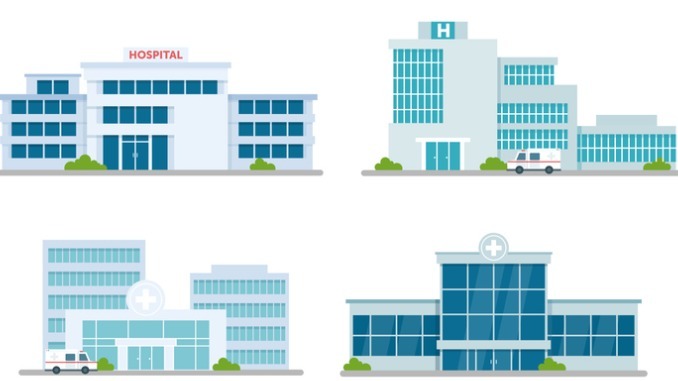
The NHS boasts an extensive estate, spanning 25 million square metres – that’s the size of over 3500 football pitches. With more than 10,000 buildings, including 1,140 hospitals and 7,500 primary care sites, the infrastructure is critical to delivering exceptional care
CREDIT: This is an edited version of an article that originally appeared on NHS England
But some of the estate is old, in parts significantly older than the NHS itself, and would not meet the demands of a modern health service even if upgraded. This long-term lack of investment in the estate has led to record levels of backlog maintenance across the estate – now estimated to be over £10bn.
A renewed focus on infrastructure
A renewed focus on the NHS estate and its workforce recognises the importance of high-quality physical infrastructure in supporting service delivery. Various initiatives, such as the New Hospital Programme and Community Diagnostic Centres, highlight the efforts to increase capacity and efficiency. However, it’s crucial to look beyond these programmes and ensure continuous investment in facilities before service disruptions occur.
Strategic long-term planning
Strategic long-term planning is essential for maintaining a safe, modern, and patient-centred estate. By categorising buildings into core, flex, and tail, and implementing 10-year system infrastructure strategies, the NHS can advocate for long-term investment to address backlog maintenance, support service recovery, and create flexible solutions for future needs. These strategies will inform national planning and capital funding requests, ensuring efficient resource use.
Innovative reporting tools
Improving the reporting process for centrally funded estates projects with a single national capital reporting tool will enhance efficiency and data consistency. This tool will provide real-time visibility of project status, align delivery with strategic objectives, and improve quality through consistent processes and governance. Scaling this tool nationwide will save time and enhance data management, benefiting teams across regions.
This is a critical time for the NHS estate, offering an opportunity to innovate and reconfigure facilities to create the best possible environment for staff and patients. By investing in and modernising infrastructure, patient care pathways can be delivered that work better for everyone involved.
For practice managers, this strategic planning and improvement of the NHS estate are crucial. Ensuring up-to-date and well-maintained facilities directly impacts their ability to meet increasing healthcare demands and improve patient outcomes, making this a significant development for the future of healthcare delivery.


Be the first to comment